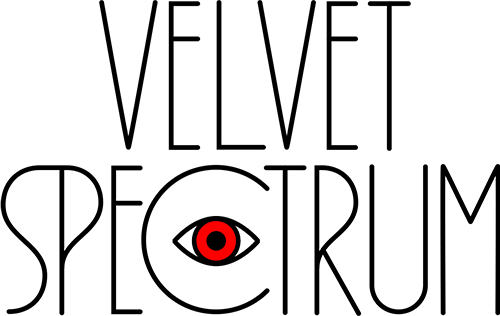Carving a Path in the Age of AI Creativity
- Luke Choice
- Sep 3
- 3 min read

Crafting a unique voice amidst the abundance
For most of my career, my relationship with creative tools was straightforward: they were the toolkit to build visuals that brought a client’s goals to life. The process was about translating a brief into something tangible, finding solutions through craft, and shaping outcomes that aligned with brand objectives.
But now, I find myself in a different role as an Adobe Community Advocate - one where the lens has widened. I’m no longer just asking, “How can I use these tools to serve a client brief?” Instead, I’m asking, “How will design as a profession exist in the future?”
AI has accelerated this shift. Processes are condensing rapidly, and the gap between independent designers and large studios has narrowed dramatically. What once required teams, budgets, and lengthy production cycles can now be explored by a single creative in an afternoon. It’s a fascinating, if at times unsettling, transformation.
I still approach new tools with curiosity, eager to experiment and see how they might impact my thinking about my work, but part of me still struggles with the ease with which results appear. Craft has always been about process, about the struggle to refine an idea through trial and error. When outputs are generated in seconds, the challenge becomes less about “can it be made?” and more about “what am I trying to say?”
Another layer to this is individuality. With AI, almost every style, reference, and technique is suddenly accessible. That abundance can feel overwhelming. Carving a unique path when all paths are available requires discipline and vision. It means not being seduced by the “magic button” outputs that flood social feeds, but instead digging deeper. Fine-tuning experiments, pushing boundaries, and creating narratives that hold meaning.
That’s especially important to me because I spent years searching for my own voice in design. Exploring, iterating, and refining until my work felt genuinely my own. My process was always about embracing failure and building upon mistakes, learning what set my perspective apart and how I could translate that into something authentic and memorable. Now, with every style at my fingertips, I sometimes question: where do I fit in this changing landscape? How can I distinguish the lines between my creative input and the machine’s contribution?
It’s a real challenge knowing where my intent ends and the algorithm begins. But I’ve found that my voice is shaped not just by the choices I make, but by what I want my creations to say about myself. AI gives me endless doors to walk through, but I feel fortunate to have spent years dissecting the world around me from a designer's perspective. That experience guides me now as I navigate this new abundance, helping me stay rooted in my own vision even as the tools evolve.
Designers have always encountered evolving requirements and are expected to be flexible, respond to change, and transform practical concepts into effective visual communications. If the tools can accelerate execution, then our value shifts to vision, direction, and orchestration. The designer becomes less of a technician and more of a storyteller, strategist, and curator of ideas.
So I remind myself: AI isn’t the end of creativity, it’s a redefinition of it. The outputs that capture attention in the moment are fleeting, but the thought, experimentation, and persistence behind them remain the objective markers of craft.
This is the path forward I want to explore — not resisting change, but leaning into it with curiosity, knowing that creativity has always been less about playing it safe and more about evolving with the tools at hand.

